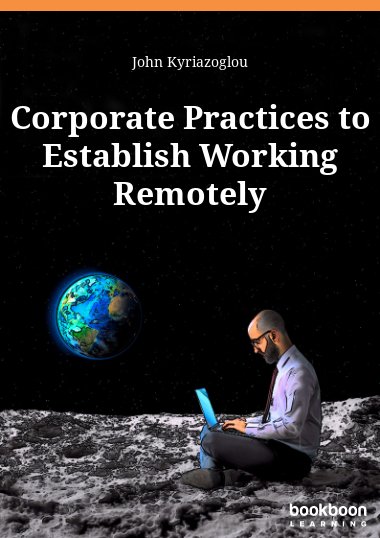This book contains a methodology of 3 phases and 20 steps to analyze the needs, establish the environment and implement a working from home program for companies/organizations.
About the Author
John Kyriazoglou obtained a B.A. (Honours) from the University of Toronto, Canada, also earning a Scholastic award for Academic Excellence in Computer Science. John has worked in Canada, England, Switzerland, Luxembourg, Greece, Saudi Arabia and other countries for over 49 years, as a Senior IT manager, Managing Director, IT auditor and consultant, in a variety of clients and projects, in both the private and the public sectors. He has published several books and articles in professional publications, has served in numerous scientific committees and is a member of several professional and cultural associations.
He is currently the Editor-in-Chief for the Internal Controls Magazine (U.S.A.) and consulting on Data Privacy and Security Issues (GDPR, e-Privacy, etc.) to a large number of private and public clients.

